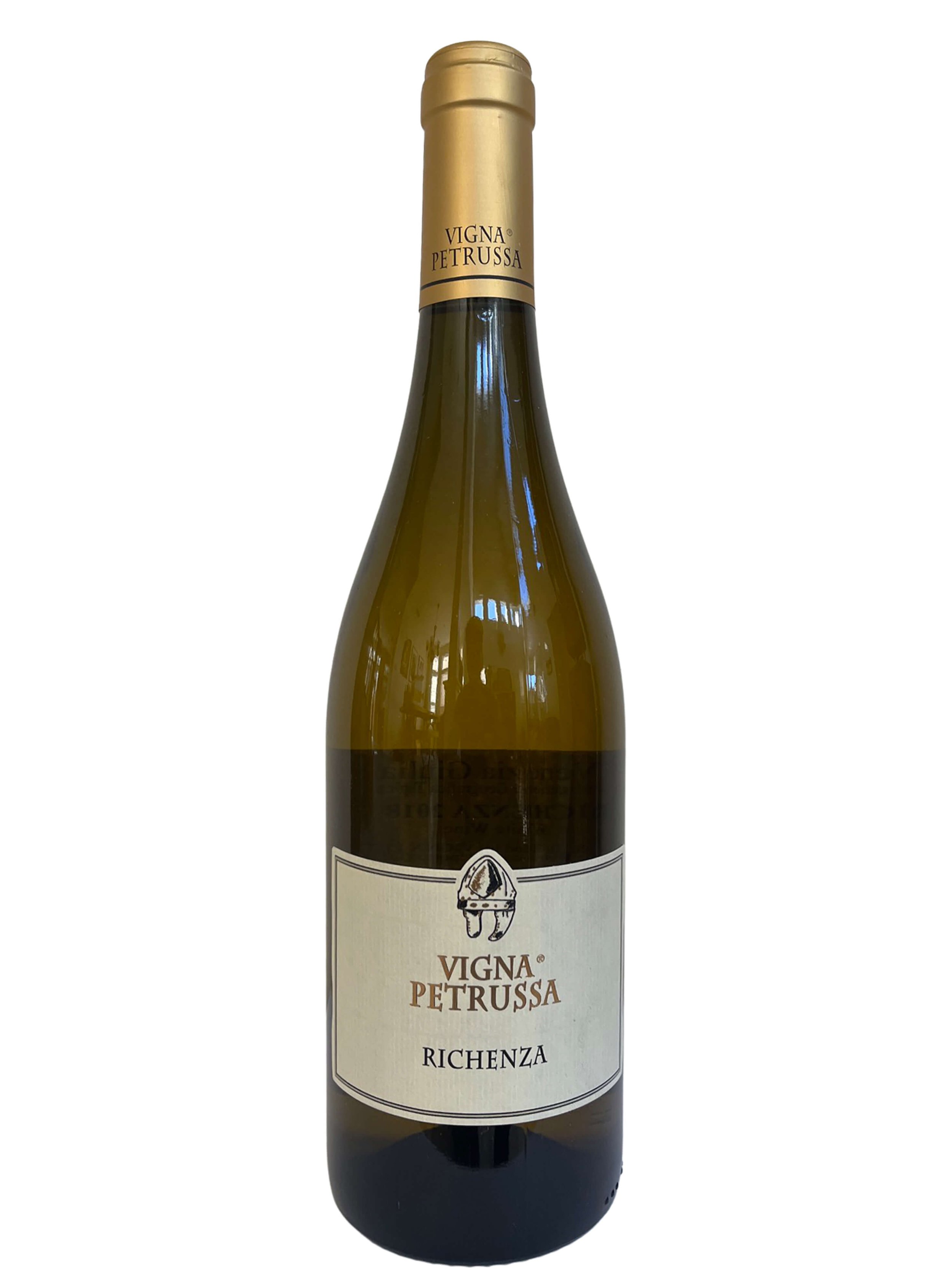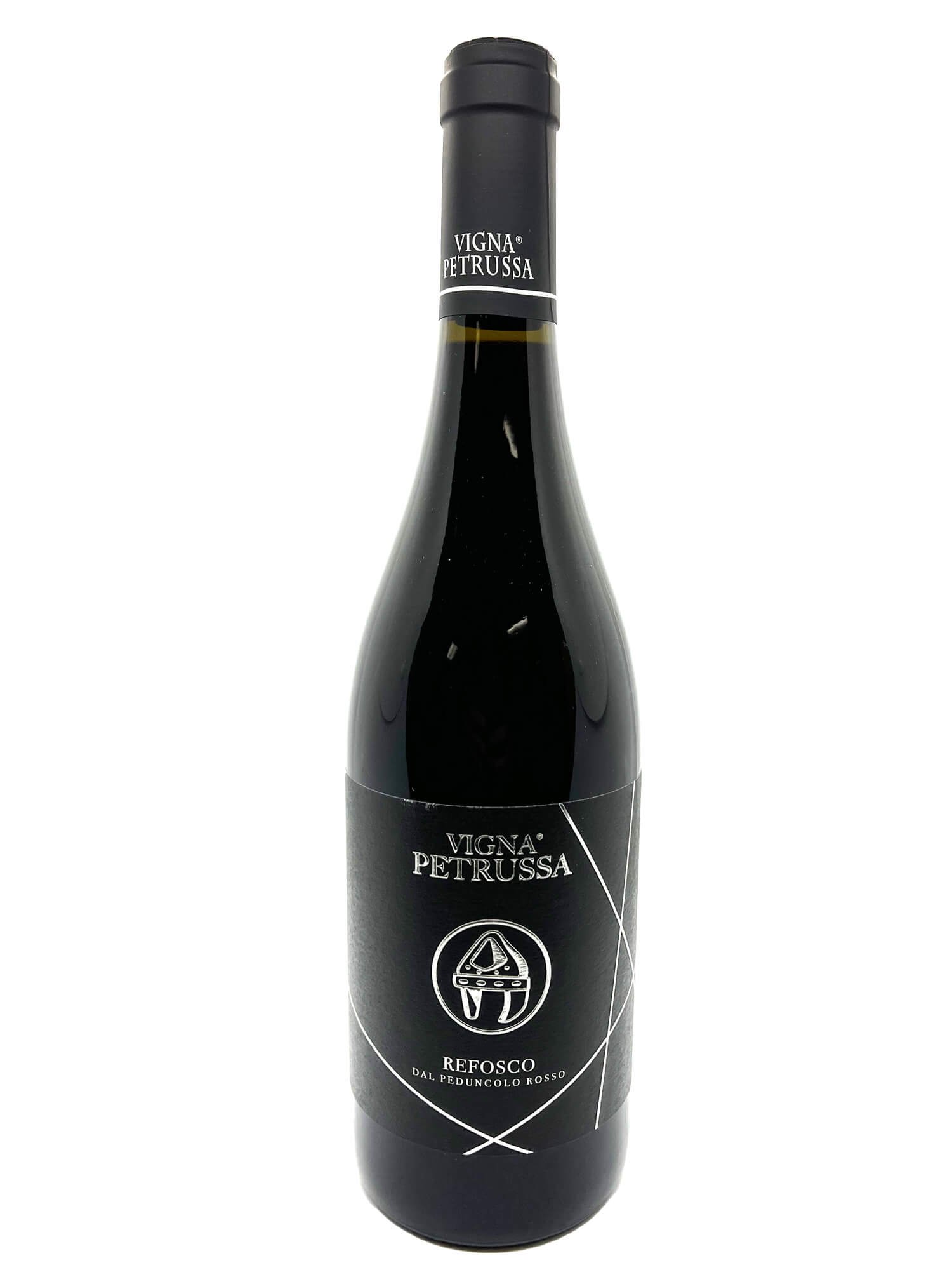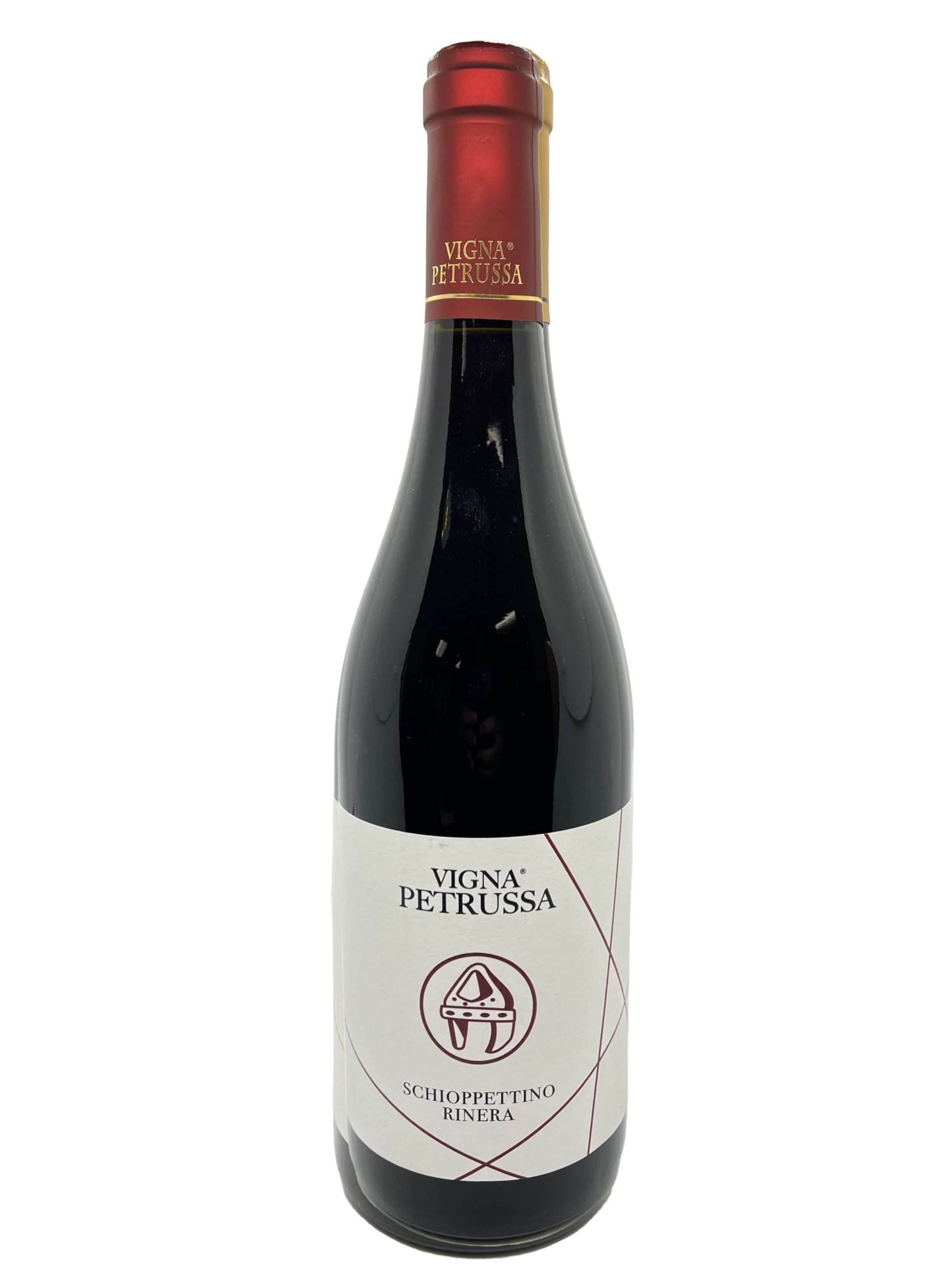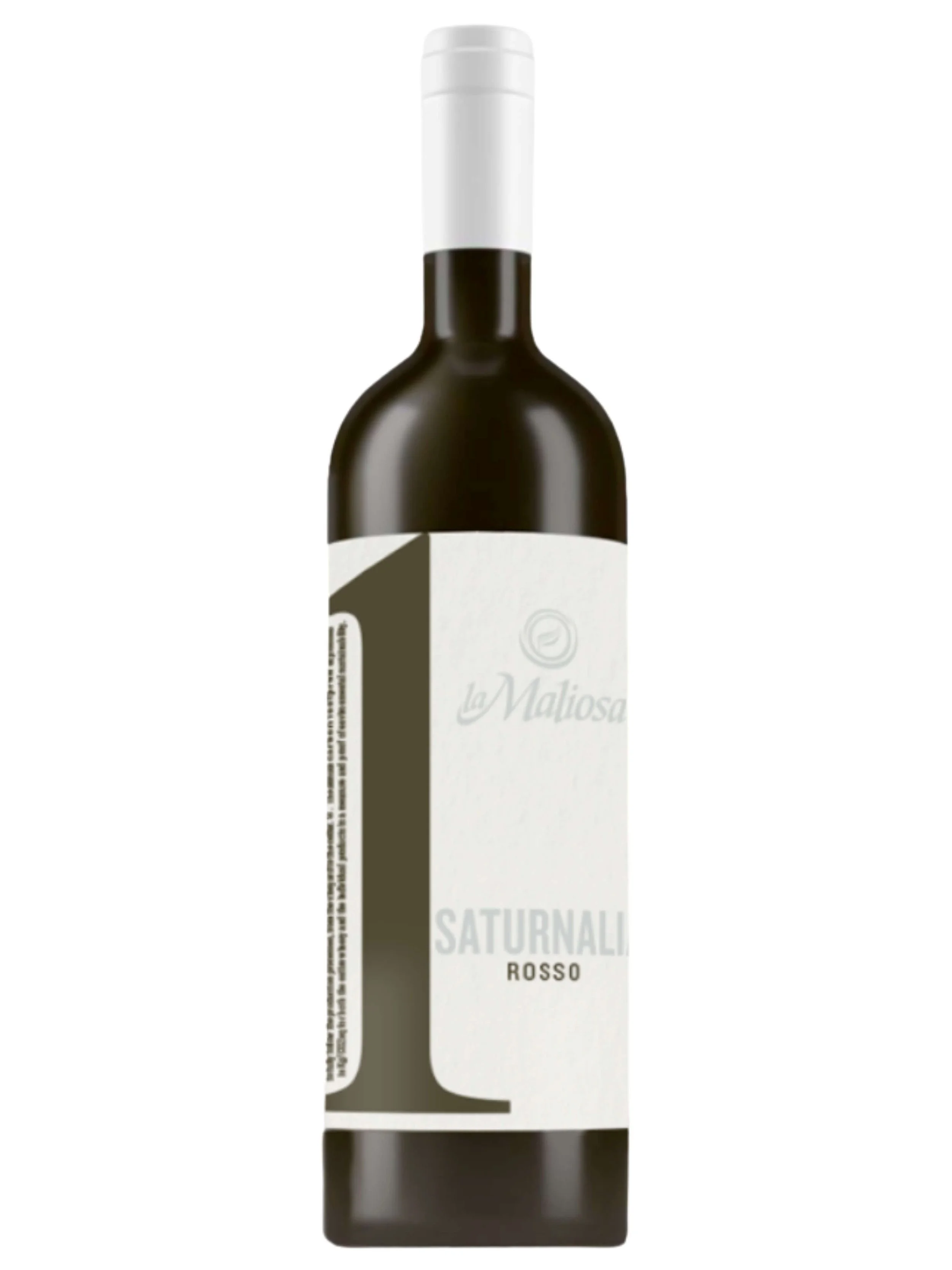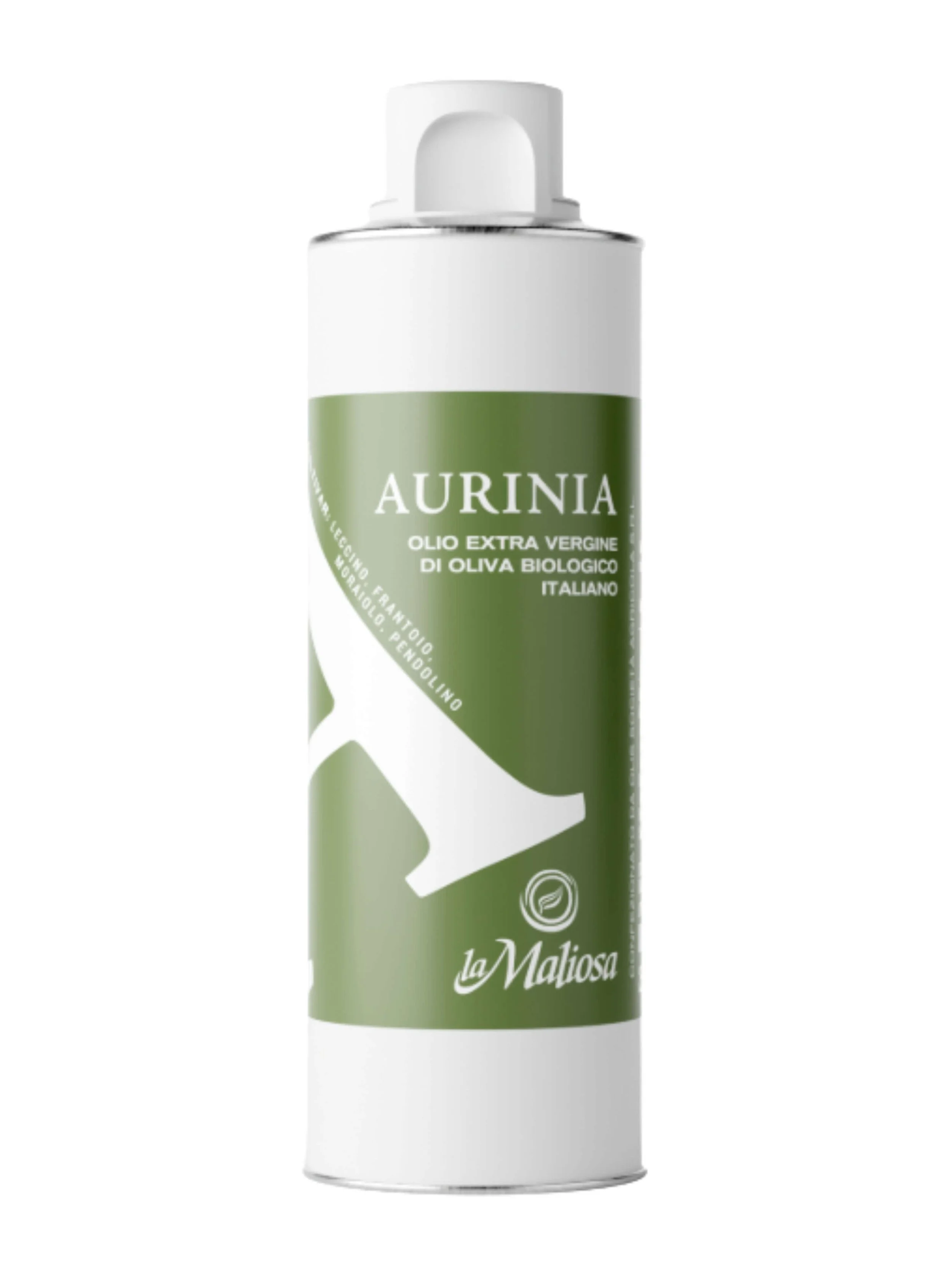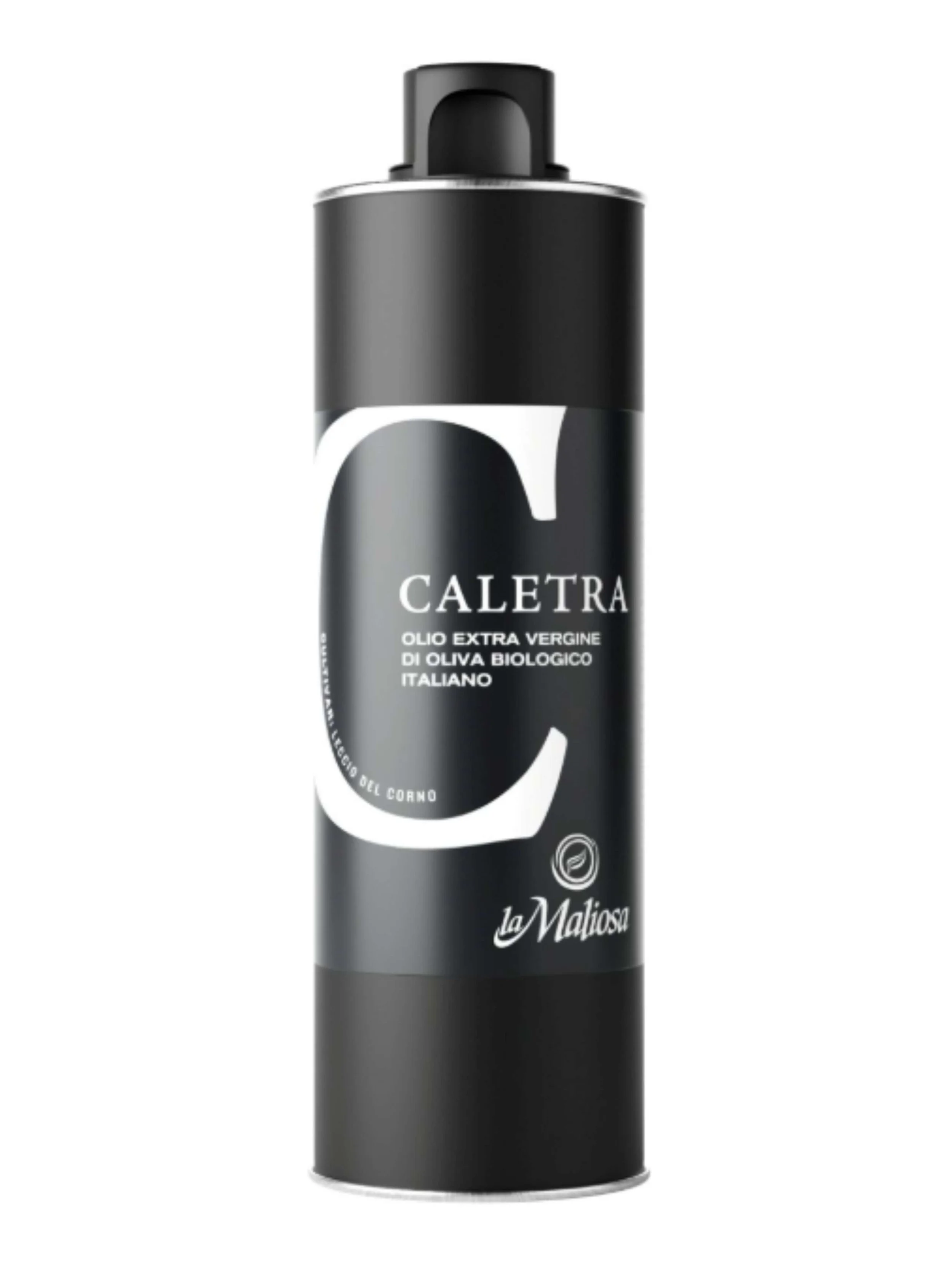Vino and the Dolce Vita
Data shared at the largest US distributors conference, WSWA Access Live, at the end of January showing last year’s decline Y/Y in wine, spirits and beer sales.
By now, all wine lovers in the US, even those without jobs in the wine industry, must have heard about last year’s marked decrease in wine sales, as well as in spirits and beer, across the US.
To give you an idea of what happened in the US wine market in 2023: wine sales were down significantly, with almost every wine merchant starting the year with inventory higher than usual, in a year which, from a macro economic point of view, was not bad: yes, there was inflation, but the economy kept humming along, plus wine is usually fairly immune anyway to downturns in the economy. This has left many in the US wine business scratching our heads to make sense of what had happened, trying to figure out how to move our businesses forward amidst a lot of uncertainty and to best predict the year ahead.
We feel the answer lies with each and every one of you. Why do you like wine? What drives your purchase decisions? What wines do you enjoy drinking? How have your habits changed over the past year or more?
We, at Vero, are at a unique vantage point since we have the benefit of seeing everyday life of wine lovers from both sides of the Atlantic. Not only our founder, Sheila Donohue, but also our in-house chef and fellow wine expert, Jacqueline Mitchell, both are Americans living and working in Italy for many years. So, we keep one foot on both sides of “the pond,” getting exposed to both American and European culture and life at the same time.
Living in a different culture for a long time away from the US, no matter where you are, gives you an “extra set of eyes,” meaning when you live in your “adopted” foreign homeland long enough, you can see things both from a perspective as a local and a foreign visitor. Likewise, when you get back to the US, you also see things from a different perspective compared to when you were living full time in the US. The experiences of living in a foreign land never leave you, and stick around by manifesting themselves in different ways. When it comes to our jobs and lives, those of us with this “extra set of eyes”, get thoughts and ideas that can come from this extra dimension of perspectives, memories, learnings, lifestyle and experiences.
This drawing in the medieval handbook, Taccuinum Sanitatis, focused on health and culture, by outlining the essential elements of well being, underlines the importance of wine in the historical fabric of life, not only of Italy but throughout Europe and the Middle East.
So, when our CEO, Sheila Donohue, along with many other US wine professionals, were “swallowing the hard pill” over this past month or so after a year of what is being called a “perfect storm” that has upended the US wine industry, Sheila started to ask her Italian winery contacts in Italy how things were going. They answered admitting there was a slowdown for them but her impression was that it was not as severe as a decline in the US.
She got thinking about how things were going in the Italian wine market from the Italian wine consumers’ point of view. To get some answers and thoughts on the Italian wine market, she turned to Denis Pantini, who, you could say, is the equivalent to the “Rob McMillan of Italian wine”: Denis is founder and head of Wine Monitor, the leading source of Italian wine market research at Nomisma Research Institute, and he provided her with some interesting insights on both the Italian wine industry and well as Italian wine drinking behavior.
We put his data into a “blender” along with various recent statistics and cited trends for the US market as well as globally, to make sense of the underlying drivers of the wine drinking consumers, from US to Italy and beyond. Here’s what we’ve discovered.
But first, some background.
Wine Culture, US vs Italy
While winemaking is thought to have started in/around the country of Georgia, Italy has a long history of wine culture thanks to the Etruscans, followed by the Romans. Wine has important historic and cultural value in Italy as it intertwines:
nature and culture
people and their environment
techniques with biology
tradition and innovation.
This combined with the context of a comment once made by a non Italian, European winemaker “even an idiot can make wine in Italy” (we’ll keep that source a secret), it goes to emphasize that Italy is gifted with the natural conditions for making really good wine.
Needless to say, wine is “hardwired” into Italian culture and traditions, with food usually taking center stage. In fact, this is still true today with this recent survey asking Italian consumers which factors are most important when selecting a wine, and pairing with food came up as a close second most important criteria after taste.
Meanwhile, for us Americans, pairing wine and food is much less important of a criteria when buying wine. In fact, in this survey it asked the same questions to US wine consumers, and, instead, the second most important criteria a US wine consumer relies on when deciding on a wine is a “recommendation from someone I trust.” Reliance on wine critic reviews and points would be a type of source of recommendation , according to Liz Thach: in her takeaway of this result she writes “Since wine can be a confusing product to purchase, many (US) consumers rely on recommendations to help them decipher the great wall of wine that they often confront at the grocery store or wine shop.” But funny, with the huge, diverse selection of wine in Italy, they rely much less on others suggesting a wine. In fact, shelf talkers, which are omnipresent wherever wine is sold in America, are non-existent in Italy!
That begins to paint a picture already of the differences between American and Italian wine consumers: Americans rely much more on the input of others when deciding on what wine to buy, which can imply, compared to the Italians’ responses, that American wine culture is, as a collective, less mature than Italian wine culture.
An interesting, but related, trend cited at a global level is that Gen Zs are “a lot more confident about wine than the same age groups in 2010.” So, let’s watch this space and see if Gen Zs help to allow for more free, comfortable and “democratized” wine choice selections in the future!
But this makes sense: most Americans do not have the deep roots of tradition that Italians have with wine and food. In fact, many Italians to this day only drink wine from their hometown, paired with foods from their hometown. In the local “Sunday paper” of any town or city in Italy you’ll find the main featured sections are on wine, food and culture (in addition to sports, of course.). This cultural interest in wine that goes “beyond the glass” has also helped Italy, and most of Europe, adopt a healthy approach to drinking, which we outlined in our recent article on mindful drinking. Let’s face it, we have a steeper learning curve than the Italians when it comes to wine because we lack the deep culture of wine and food that is in Italians’ DNA. After all, our palettes reflect the food and culture that we have grown up with, and then it evolves with our personal tasting experiences in our day-to-day lives.
Wines Sales Data, US vs Italy
As shown in the first slide up above, referring to Sip Source data that accounts for major distributors around the US, wine sales, called depletions, expressed as the volume of wine, were down 7.5% last year. Another interesting piece of data is what has been happening in France: their overall wine and spirits exports were down 10% y/y. For the largest exporter of wine in the world, this implies that the decline in wine consumption, as well as all alcoholic beverages, does seem to be a global trend. Then, in Italy, according to Denis Pantini, wines sales to consumers in terms of volume were down 3% y/y in 2023. This indicates a slowdown but not as extreme as we are seeing in the US.
Some more interesting data points is to compare France’s exports to the US compared to Italy. France’s total exports of wine and spirits to the US decreased by a whopping 22% last year. Denis said that Italian wine exports to the US were down 10% y/y both by volume and value. The declines seen in exports to the US by both countries are attributed to overstocking after Covid-19 hit. This reflects the problem we are seeing in the US, as mentioned earlier, of heightened amounts of inventory at wine distributors, etc.
Drink Less But Better
Even though Denis Pantini cited a decrease in wine in terms of volume consumed by Italians last year, he clarified that the value of wine purchased by Italians last year was flat y/y. So, actually, the Italians’ spending on wine was on par last year compared to the year before.
Denis emphasized that a trend of “drinking less but better” has been happening for many years in Italy. In fact, wine sold in Italy in large retail stores or supermarkets, where cheaper wine is typically sold, decreased by 3-4% in 2023, whereas the rest of the channels in Italy which sells wine had flat sales y/y. This gives further insight to the buying behavior of Italians: those who buy in large stores typically are more sensitive to inflationary effects and will decide to forego a wine purchase if it costs too much, while those wine buyers who typically spend more on wine, i.e., premium wines, continued to spend as usual last year.
And guess what: we’ve been seeing this “drinking less but better” trend as well in the US for several years. In fact, Rob McMillan of Silicon Valley Bank has predicted that US wines sales in terms of value will be more or less flat in 2023, and this trend of drinking more premium wines in the US is expected to continue. Likewise this “less but better dynamic” is also cited as a global wine trend.
This paints a slightly more optimistic picture, and also points to a common trend happening both in Italy as well as the US, of wine drinkers gravitating towards more premium wines.
Types of Wines, US vs Italy
The world is undergoing a sparkling wine boom at a global scale, with the export of sparkling wine worldwide having increased from 17 to 23% from 2003 to 2022. Likewise in the US, sparkling wine is having a moment. Not only are sales increasing, especially for Prosecco and other “alternative” types of sparkling wine, but also behaviors and demographics are changing: Americans are turning to sparkling wine for every day occasions, exploring new styles and with ”younger adult men now spearheading deeper engagement with the category.”
Preferred type of wine of frequent Italian wine drinkers by generation (rosso=red, bianco=white,spumante=sparkling)
Then, turning to the Italian wine drinker, we are seeing a similar trend: Denis Pantini of Nomisma Wine Monitor shared shifts of wine sales in Italy by type of wine from 2011 to 2021. The most significant change was a large increase in sparkling wine consumption by Italians, going from 18% 2011 to 25% in 2021.
Another area where Italian wine consumers are consistent with their American counterparts is a decrease in red wine consumption where in Italy it decreased from 38% in 2011 to 32% in 2021.
But, there is also divergent behavior, like white wine wine consumption (still, not sparkling) which decreased in Italy during this time period, while in the US white wine consumption has increased, taking away market share from red wine.
In terms of generational differences among wine drinkers in Italy, you see a clear distinction between wine drinking preferences and behavior by age, especially with red wine, with Italian Gen Zs drinking the least amount of red wine, then, as you transition to older generations, red wine consumption keeps increasing, with Italian Baby Boomers drinking the most red wine. Then the opposite phenomenon is happening with sparkling wine with Gen Z and Millennials preferring sparkling wines much more compared to older generations.
Some Takeaways
We are not a market research company by any means, but as people that rely on the wine business for our livelihood and to make investment and other important business decisions, naturally our brains make conclusions on data we consume. By intersecting various data points between US and Italian consumer wine drinking behavior, here are some of takeaways:
Hype that Hits America but Not Italy
What we, Americans, are exposed often influences our drinking preferences, like “Rose all day” movement that started 14 years ago. But guess what: this never hit Italy. For wine, the Italian consumer does not respond to catchy trends like “Rosé all May”. Circling back to the Corsi & Thach study of how an Italian wine drinker makes wine purchase decisions, you can see that they are more independent when buying wine. We feel this is because the roots of wine culture are much deeper in Italy than in America. Taking rose wine as an example, there is a centuries old tradition, for example in Puglia Southern Italy, as well as in Abruzzo, to drink rose wine all year round.
Italian Traditions that America Has Latched Onto
25 years ago no one knew what Prosecco was in America. Fast forward to 2023, it is one of the few wine categories in America that saw growth. Thanks to the popularity of Prosecco, sparkling wine is now seen as a wine suitable for everyday drinking. It also feeds into the low alcohol trend as most are considered low alcohol wine.
Like Prosecco took the US by storm 10 - 15 years ago, now Spritz, another export from Italy, is taking the US by storm. Here is another example of a wine category that saw growth in the US in 2023.
The impact of these 2 successful “cultural” exports from Italy to the US are summed up in this recent article citing 2023 insights: “Prosecco maintained its momentum, consistently achieving new volume highs even into 2023 by offering a diverse range of affordable to luxury options. Prosecco also benefits from its use within the trending Spritz cocktail.”
Common Points of Intersection Between US and Italy
As we already mentioned, there are several important trends that the US and Italy are experiencing together, like “drink less but better” as well as an increase in sparkling wine consumption.
Gen Zs and Millennals are driving the sparkling wine boom in Italy for sure. In the US, younger wine drinkers are noted for having a different viewpoint about sparkling wine. In fact, our founder, Sheila Donohue has seen this interacting with wine drinkers of all ages in the US, in particular with Lambrusco dry red sparkling wine. When presenting our natural dry Lambrusco wines to some baby boomers, their reaction was negative, as it brought back memories of syrupy, cheap red sparkling Lambrusco that was a big push in the 70s and 80s. Meanwhile, Gen Z and Millennials would be more open to trying our natural dry red sparkling wines. In fact, since starting Vero 6 years ago, we have been riding a wave of popularity and growing interest in sparkling wine, with several sources crediting the influence of younger generations of wine drinkers.
Meanwhile, also in Italy, you see the younger generation driving increased consumption of sparkling wine. BTW this could also be due to the increased popularity in wine cocktails which is a phenomenon happening equally in the US as well as in Italy. In Italy, clearly, Gen Zs and Millennials are driving this trend.
Younger Generations Seek Out Sustainably Made Wines
In the US, reports have cited that ”sustainability is now resonating with more (wine) consumers.” In fact, we have seen heightened interest in alternative and sustainable wines by Gen Zs and millennials. Likewise in Italy, as per a recent study published by Nomisma Wine Monitor, Italian Gen Zs are more bullish on sustainably certified wines, with 49% believing it to be the most important and highest growing category of wine in Italy over the next 2-3 years, compared to 38% of all Italian wine drinkers.
Trends That Travel from America to Italy
But, there are other trends which hit Italy after America. In fact, Italy sees the US as a place where trends are rooted. Many Italians carefully observe what happens in the US since, as recent history has shown, phenomena which occurs in the US, like political sways, often hit Italy, slowly but surely, like a wave crossing the Atlantic; this also happens with concepts like social media, fashion and entertainment, which younger generations especially latch onto.
Young Italians respond well to hype; this is evidenced in a recent Nomisma /Wine Monitor Consumer Survey, in which Gen Zs show markedly more interest in wine that is promoted by fashion or by an influencer, with 18% believing that it will help to grow wine in Italy in the next coming years, compared to 8% of the total responders. American invented the “hype machine” behind social media, so you see young Italians are embracing the influence from digital marketing channels.
Natural wines bars in Italy is a newer “trend” compared to the US. For example, in Bologna Italy, where our founder has been living for over 20 years, she noticed just recently that natural wine bars were popping up, whereby this is now a good 10 year+ trend in the US.
Wine cocktails are expanding in Italy, and you can say that America has influenced this. Again, this is another category of wine drinks that Italian Gen Zs embrace more than other Italian wine drinkers, with 12% of Gen Zs believing that it will help the wine industry to grow, compared to only 5% of all responders believing this will be a factor to influence wine consumption growth.
There is one area though where Gen Z wine drinkers between America and Italy diverge: interest in new wines to discover. Articles about wine trends in the US have unanimously concluded that younger generations are more interested in discovery compared to older generations.
Instead, in Italy, Gen Z wine drinkers are less interested in:
Native wine grapes (24% Italian Gen Zs compared to 34% all responders)
Wines made by small producers (18% Italian Gen Zs compared to 32% all responders)
Wines from specific regions and areas (13% Italian Gen Zs compared to 23% all responders)
Why are American Gen Z’s more interested in discovery of a new type of authentically made wine? Well, this could be a topic for another article, but perhaps it is due to Italian Gen Zs not appreciating enough what is in their “backyard”. Certainly, “the grass is always greener” is an adage that applies both to many Italians as well as Americans. Another way to potentially describe this phenomenon is “l'imbarazzo della scelta” which means being spoiled for choice. After all, Italy is THE mecca for wine discovery in the world. It has the largest number of native grapes and the highest concentration of small farmer artisans making wine. According to Denis Pantini, the Italian Gen Z wine drinkers will come around and realize the wealth of authentic and diverse wine that are beholden to them in their native country.
What Do You Think?
What observations do you see in not only yourself but with other wine drinkers and your exposure to the wine business? Share with us - feel free to put a comment in, contact us or follow us on social media “@verovinogusto” handle and let’s start the conversation.
In fact in March, two of our women owned Italian wineries, Francesca and Hilde Petrussa of Vigna Petrussa and Antonella Manuli of La Maliosa, will be stateside to meet, greet and taste with wine lovers, from Texas to California. Come and meet up with us as we travel with these admirable women farmer artisans to hear their stories first hand and try their expressive and tasty wines and organic EVOOs.
Just as a reminder, we sell our carefully curated portfolio of small production wines and olive oils to both businesses and consumers across the US:
We are enlarging our network of distributors around the country. Reach out to us if you are interested in distributing our wines.
We sell to wine stores and restaurants in certain states - contact us if you would like more info.
We do corporate gifts and sommelier guided wine tastings. Email us and we’ll tailor unique and sustainable corporate gift ideas.
If our farm crafted wines and olive oils are not in your local shop or restaurant buy wine online here and we’ll ship it to you, including wine gifts, and we ship to most states.
We also have an award winning wine club for true wine explorers seeking to continually discover unique, sustainable and authentic small production wines they never had.






